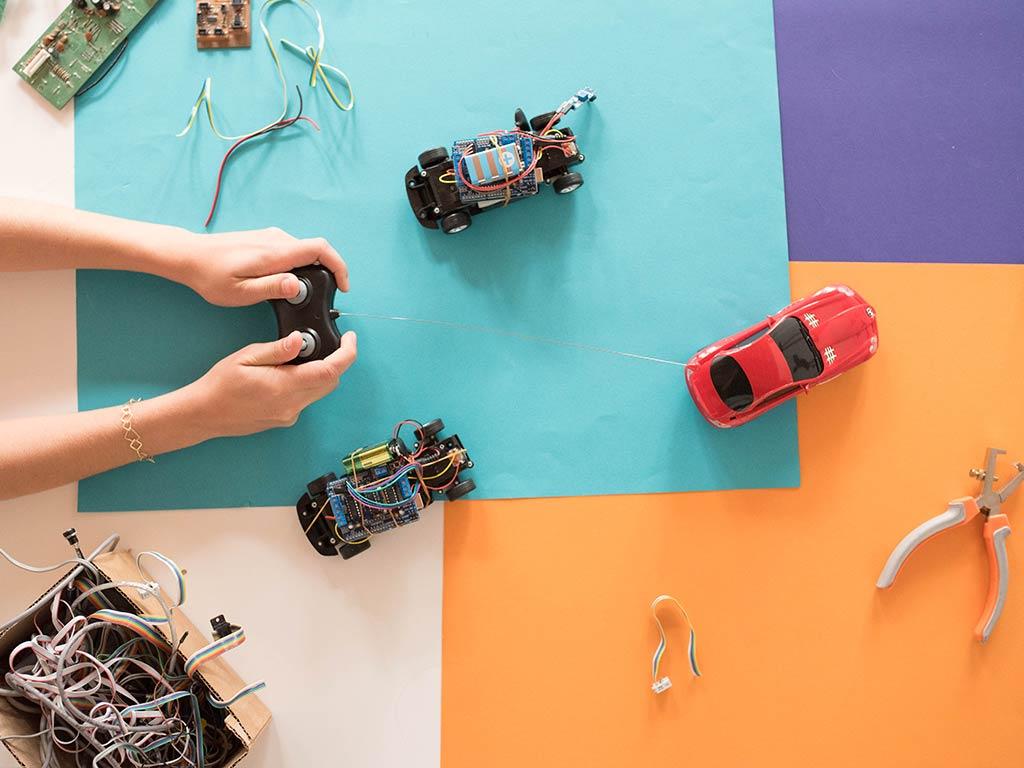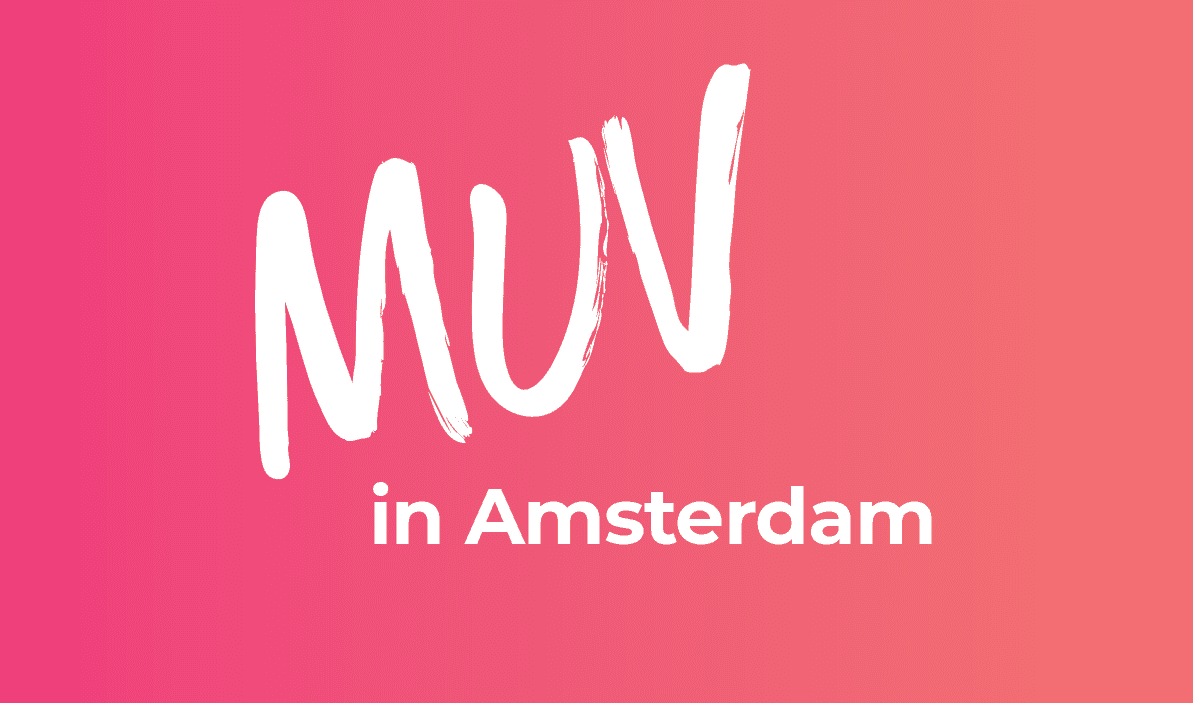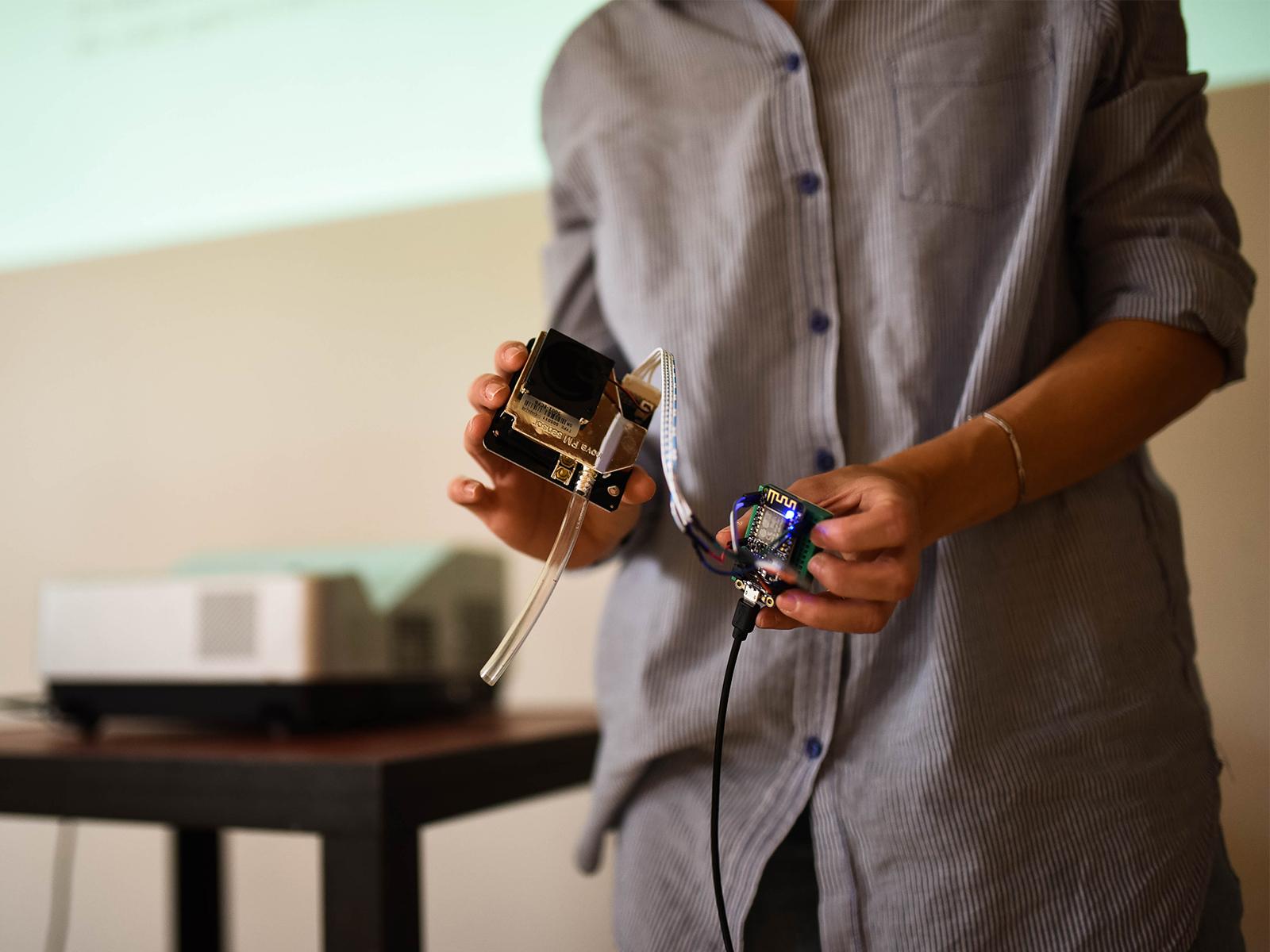What are sustainable alternatives for the inhabitants of Buiksloterham regarding their future mobility? This is the main question that will lead us this evening in Buiksloterham. In this workshop we will design and create possible solutions with the local residents.
In the European Research project Mobility Urban Values (MUV) is Waag searching for a way to make mobility more sustainable on a neighbourhood scale. We are curious about the motivation that residents have in this neighbourhood to solve mobility problems. This is because Buiksloterham is a fast-growing city district in Amsterdam Noord and is currently in the middle of a transition from an industrial business park to a circular urban district focused on living and working. The number of residents and businesses will increase in the future, which means more traffic movements too.
The evening starts with the comment: ‘there will be no space left in this neighbourhood for parking places. However, it is not really necessary to own a car in the city and there are many possibilities to share an electric car. The sooner this moment should become reality makes me wonder: good idea, but how?’
Eight current and future residents are present during this workshop. We start by placing strings and stickers on a life-sized map of the area. It helps us to sketch an overview on the most important routes inside and outside the area.
The Ridderspoorweg appears to be the only access to the area; the Asterweg is called a bottleneck as well. Besides that, central station and the ferry seem to be very busy too and are experienced as very stressful. A future resident notes that people in Amsterdam older than 60 do not dare to enter the city anymore, because of the aggression among the cyclists in Amsterdam. He therefore argues for more and better public transport. The municipality comes up with solutions for problems like this, but the residents do not always feel involved in the decision-making process and so they do not always agree whether the solution fits the problem or not. Another interesting point that comes up is the tension within the function of the area: the trucks from the businesses versus the children who cycle to school and play on the streets.
CRAZY 8
This contradiction will come up later in the evening again. But we will first look for solutions, now that the most important routes and problems are clear. We will do this with help of the so-called crazy 8: the participants all have to draw eight possible solutions in eight minutes. Through out the evening we select the three best ideas and discuss these in detail:
The solutions
The electric transport system to the subway, called the BSH-Hop on Hop off, works on green energy, is CO2 neutral and should be driven by people from the neighbourhood. This is an asset for Buiksloterham, because there are not enough bus lines available yet. This plan aims to offer residents and businesses a wide choice of mobility without creating a burden to the climate. Hereby is cleverly anticipated on the future connection with the centre of Amsterdam through the north-south line.
The bicycle highway across the water retains the important residential-working character of the neighbourhood and at the same time, it creates a beautiful, green, floating cycle route across the water and beyond the businesses. This keeps cycling safe and creates more space for green and companies.
The supply of the companies can be done very easily by using the water. However, this must be made possible by a slope so trucks have access to the ships. A flexible slide can also help to make loading and unloading easier, because the current walls of the docks are too high. This is how the water becomes a very usable way for transport, without too far-reaching costly changes.
Ways of combining living, working and industry in one area are mentioned in this workshop. It is interesting to follow how the current and future residents deal with mobility in this neighbourhood. A follow-up workshop is scheduled for July 3th. We will continue working on ideas for concrete mobility issues in the neighbourhood and think about how we can respond to future growth in Buiksloterham.


